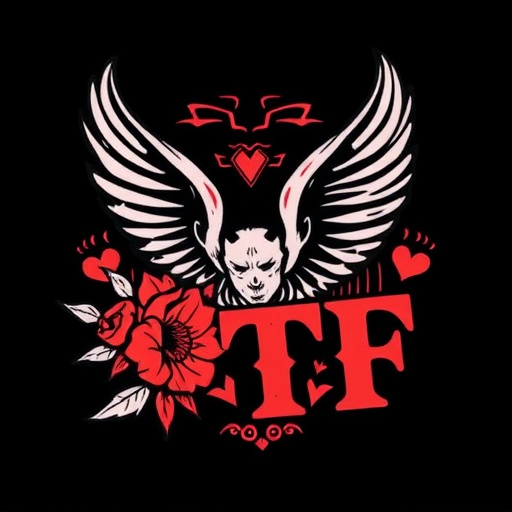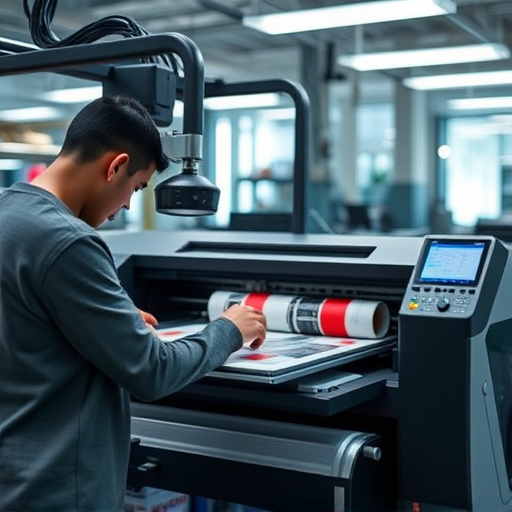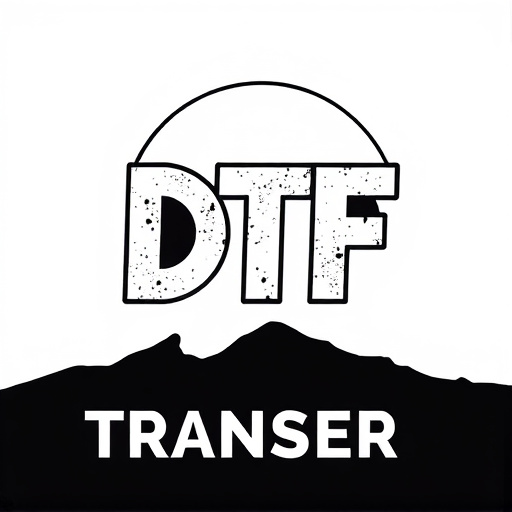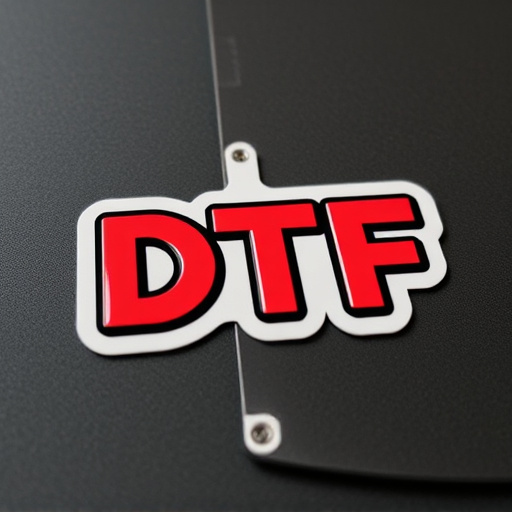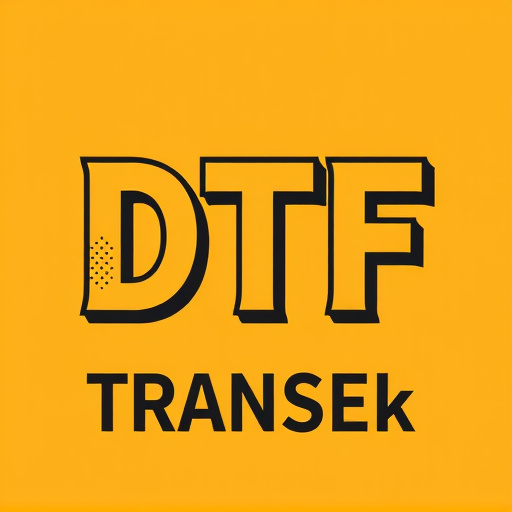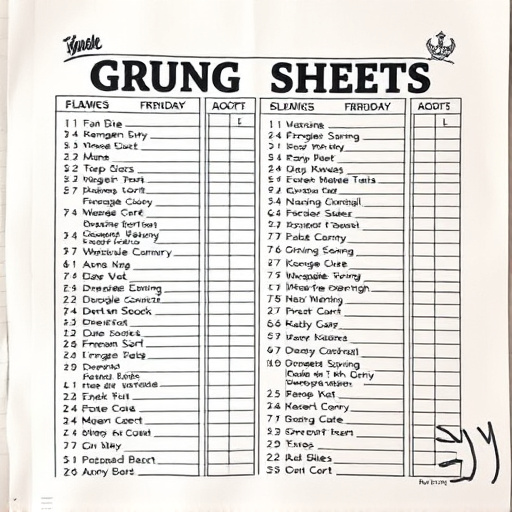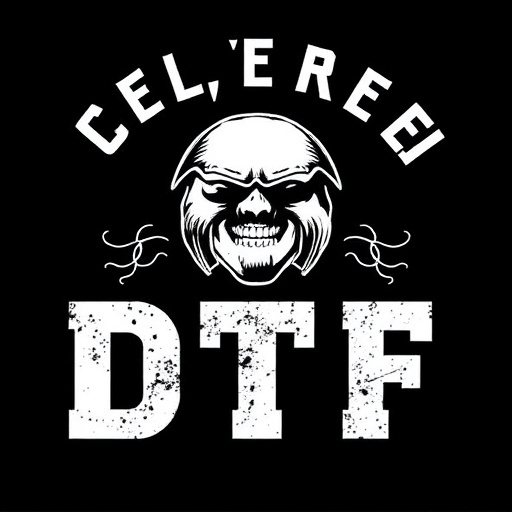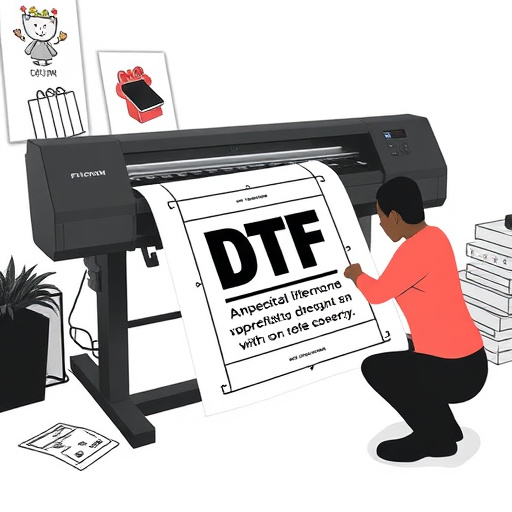Direct-To-Film (DTF) transfer printing is a cutting-edge technique offering unparalleled precision, vivid colors, and exceptional detail for posters, banners, and promotional items. Its cost-effectiveness, streamlined production, reduced waste, and minimal environmental impact have made it popular across various sectors. DTF technology enables quick custom print production, enhancing marketing strategies and brand visibility for businesses, especially small enterprises and startups. Bulk DTF transfers provide significant discounts, improving competitiveness in the market. Ensuring quality through strict control measures, skilled technicians, and high-quality substrates is crucial to maintaining customer satisfaction. By leveraging bulk DTF transfers, businesses can achieve fast, efficient, and cost-effective printing while delivering vibrant, precise prints on diverse materials.
“Unleash the power of direct-to-film (DTF) transfers and revolutionize your business’s printing game! This article explores the cost-effective and efficient method of bulk DTF transfers tailored for businesses.
From understanding the comprehensive overview of DTF to its benefits, comparison with traditional methods, and the factors influencing pricing, we’ve got you covered. Discover how DTF printing ensures quality, consistency, and streamlined production, making it a game-changer for your print needs.”
- Understanding Direct-To-Film (DTF) Transfer: A Comprehensive Overview
- Benefits of Bulk DTF Transfers for Businesses
- How DTF Printing Compares to Traditional Methods
- Factors Affecting Discounted Business Pricing
- Ensuring Quality and Consistency in DTF Prints
- Streamlining the DTF Transfer Process for Efficient Production
Understanding Direct-To-Film (DTF) Transfer: A Comprehensive Overview
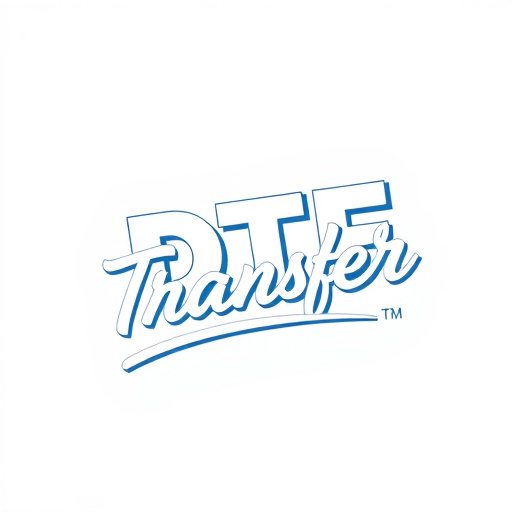
Direct-To-Film (DTF) transfer is a cutting-edge printing technique revolutionizing the way we produce and distribute visual content. Unlike traditional printing methods, DTF bypasses intermediate stages, allowing for direct ink application onto film or other materials. This process offers unparalleled precision, vivid colors, and exceptional detail, making it ideal for high-quality prints, from posters to banners. By eliminating the need for complex setups, DTF streamlines production, reduces waste, and provides a cost-effective solution for businesses seeking top-tier visual outputs.
The DTF approach involves specialized equipment that precisely deposits ink onto a moving film or substrate, creating precise patterns and images. This technology has gained significant traction in various industries, including advertising, entertainment, and retail, due to its ability to deliver vibrant, long-lasting prints with minimal environmental impact. Whether for short-run projects or large-scale campaigns, DTF transfer offers businesses an efficient, affordable way to create impactful visual assets that capture attention and drive results.
Benefits of Bulk DTF Transfers for Businesses

Bulk direct-to-film (DTF) transfers offer a myriad of advantages for businesses looking to enhance their marketing strategies and brand visibility. One of the key benefits is cost-effectiveness; by ordering in bulk, companies can secure significant discounts on DTF printing services, making it an affordable option for producing high-quality prints. This price advantage is particularly appealing for small businesses and startups with tight budgets.
Additionally, DTF transfers provide a swift and efficient method of creating custom prints. With direct-to-film technology, designs can be swiftly transferred to various materials, allowing businesses to produce promotional items, signage, or branded merchandise in no time. This efficiency ensures that companies can respond promptly to market demands, trends, or special events, thereby increasing their overall competitiveness.
How DTF Printing Compares to Traditional Methods
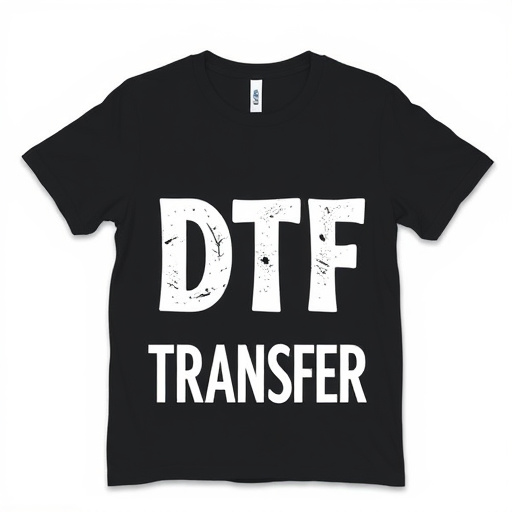
Direct-to-film (DTF) printing offers a revolutionary approach to bulk transfers and prints compared to conventional methods. Traditional techniques often involve complex processes with multiple steps, requiring specialized equipment and expertise. In contrast, DTF simplifies this process, allowing businesses to achieve high-quality results directly onto various media without the need for intermediate stages.
This modern method streamlines production by eliminating the requirement for separate curing or drying stages, which is a significant advantage when dealing with large volumes. DTF transfers provide an efficient, cost-effective solution for businesses seeking to produce custom prints quickly. With its ability to handle diverse materials and finishes, DTF printing caters to a wide range of applications, making it a versatile choice for modern enterprises.
Factors Affecting Discounted Business Pricing
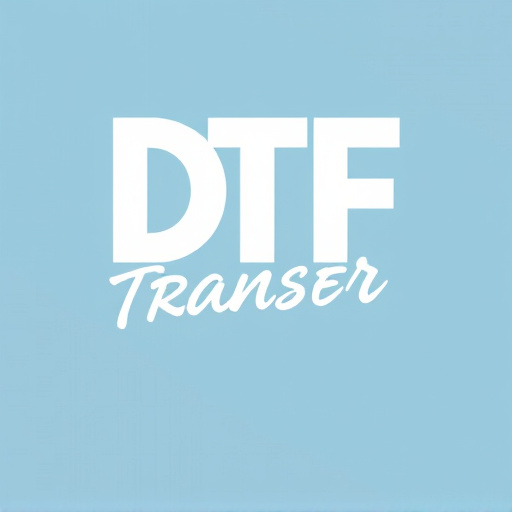
Several factors influence the pricing of bulk direct-to-film (DTF) transfers for businesses. One key determinant is the volume of orders; higher order quantities often lead to significant discounts due to economies of scale. The complexity of the DTF designs and prints, including detail levels and color usage, can also impact pricing. Customization requirements, such as specific substrate types or unique finishing touches, may incur additional charges.
Additionally, turnaround time plays a role; faster production and delivery times might be reflected in higher costs, while larger lead times could allow for more competitive pricing. The overall market demand for DTF transfers and prints also affects prices, with fluctuations during peak seasons or when certain materials are in short supply.
Ensuring Quality and Consistency in DTF Prints
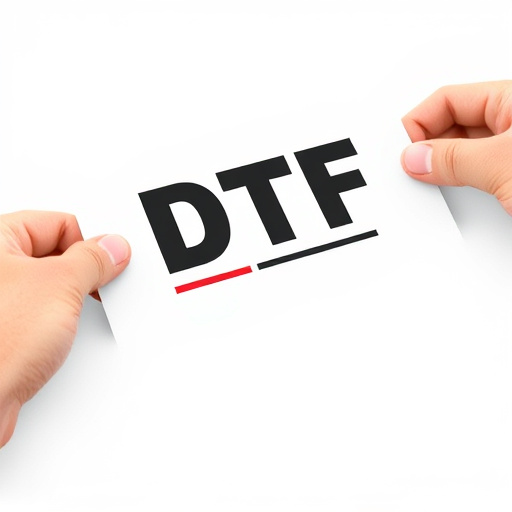
Ensuring quality and consistency in DTF (Direct-to-Film) prints is paramount for businesses offering this service. The process involves transferring ink directly onto film, which then serves as a negative to create prints on various materials like fabric, paper, or plastic. To maintain high standards, strict quality control measures must be implemented at every stage. This begins with the selection of top-tier DTF transfers and compatible printing equipment, ensuring precise color reproduction and crisp detail. Regular calibration and maintenance of printers are essential to guarantee consistent output.
Moreover, proper training for staff handling DTF printing is critical. Skilled technicians can accurately set parameters like temperature, pressure, and ink flow rates, minimizing variations in final prints. Additionally, using high-quality substrates suitable for DTF transfers helps prevent smudging or fading, ensuring the longevity of printed items. By adhering to these practices, businesses can deliver consistent, high-quality DTF prints, fostering customer satisfaction and building a solid reputation in the market.
Streamlining the DTF Transfer Process for Efficient Production
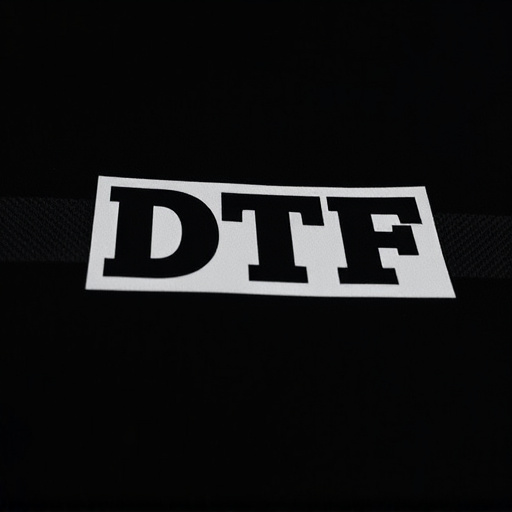
In today’s fast-paced production landscape, streamlining the Direct-to-Film (DTF) transfer process is key to efficient and cost-effective printing. Bulk DTF transfers offer a streamlined approach by enabling large-scale production of custom prints with minimal manual intervention. This method involves directly applying ink to film, eliminating the need for intricate plate setup, which significantly reduces turnaround time and operational costs.
By adopting bulk DTF transfers at discounted business pricing, companies can enhance their print capabilities, cater to diverse customer demands, and maintain competitive edge. DTF Printing provides an innovative solution for creating high-quality, vibrant prints on various materials, from textiles to signage. This technology ensures precision, consistency, and speed, allowing businesses to meet tight deadlines while delivering exceptional DTG prints.

